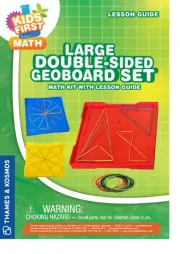Thames & Kosmos Lost Cities: Card Game Bedienungsanleitung
Thames & Kosmos
Nicht kategorisiert
Lost Cities: Card Game
Lies die bedienungsanleitung für Thames & Kosmos Lost Cities: Card Game (4 Seiten) kostenlos online; sie gehört zur Kategorie Nicht kategorisiert. Dieses Handbuch wurde von 4 Personen als hilfreich bewertet und erhielt im Schnitt 4.8 Sterne aus 2.5 Bewertungen. Hast du eine Frage zu Thames & Kosmos Lost Cities: Card Game oder möchtest du andere Nutzer dieses Produkts befragen? Stelle eine Frage
Seite 1/4


2
4
3
4
3 3
2
Player 1
Player 2
Spaces for the discard piles
Explore the Lost Cities!
Place your cards to form expedition routes that lead
you to remote and mysterious corners of the world:
the Himalayan mountains, the Central American
rainforest, the Egyptian desert, a mysterious volcano,
and the bottom of the sea. Particularly daring
players can also make a bet on the success of their
expeditions. If after three games you have the highest
overall score, you win.
Note: The game rules are very simple. But don’t get
the wrong impression — there is much more to Lost
Cities than it might seem at first glance!
Game Components
1 Game board
60 Playing cards:
• 45 Expedition cards
(values indicated on
the cards: 2–10; in
five colors)
• 15 Wager cards
(three of each color)
Preparation
• Place the game board between the two players. It
depicts five spaces for discard piles.
• Shuffle the 60 playing cards and give eight cards
face down to each player. Organize the remaining
cards into a draw pile and place them face down
beside the game board.
• If you play more than one game, have a pen and
paper ready to record the ongoing scores.
Object of the Game
Both players’ goal is to form expedition routes that —
after subtracting the expedition costs — earn them as
many discovery points as possible. You set up the
expeditions by forming a separate column of cards for
each color. The numeric values within a column of
cards must increase from card to card. You can place
wager cards at the beginning of each column to
multiply a column’s value. At the end of the game, the
cards in each player’s columns are scored.
Sequence of Play
The oldest player begins; afterward, the players
alternate turns. Each player only places cards on his
or her side of the game board.
During your turn, you must first place one of the
cards from your hand. Only afterward are you allowed
to draw a new card.
Draw pile
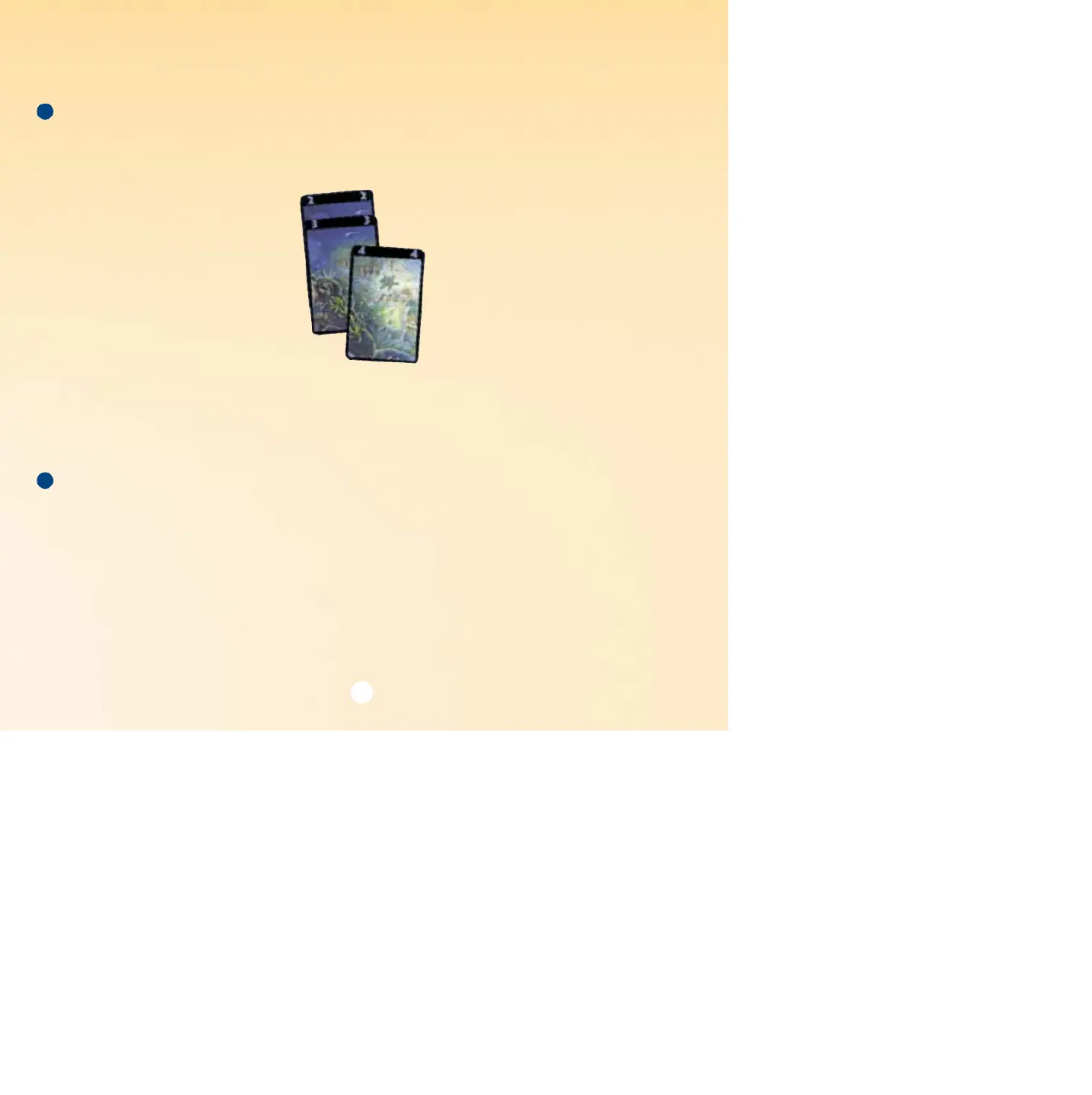
Place a Card: Choose a card from your hand. You
have two options:
Place a Card in One of Your Own Columns
You can use the card to start a new column on
your side or to extend one of the columns you
have already started. To do this, place the card
face up on your side of the game board,
below the space for the discard pile of
the corresponding color.
You may only place additional cards at
the end of a column.
Important: Each new card that you place
in a column must have a higher value
than the most recent card you have
placed in this column. Place the cards in
a column overlapping each other in such
a way that the numbers of all cards are
clearly visible.
A wager card may only be placed at the
beginning of a column. You may place multiple
wager cards in a column. However, as soon as
you have placed a number card in a column,
you no longer may play any wager cards of this
column’s color.
Discard a Card
If you don’t want (or can’t) place a card in a
column, you must place a card from your hand
face up on the game board — more specifically,
on the space for the discard pile of the
corresponding color. In this manner, five discard
piles are formed during game play, one for each
color. The cards should be placed on the piles so
that only the top card is visible.
Draw a Card: Draw a new card into your hand. You
may choose between the top cards of the five discard
piles (if cards have been placed there) and the top
card of the draw pile. However, you are not allowed
to draw the same card you have just discarded. Once
you have drawn a card, your turn ends.
End of the Game and Scoring
• The game ends as soon as a player draws the last
card from the draw pile.
• Near the game’s end, the players may agree to fan
out the face-down draw pile a little and count the
remaining cards to enable the players to estimate
the number of turns before the game ends.
• When the game ends, each player’s
columns of cards are scored. To do this,
tally up the values of all cards in a column.
From each row’s sum, subtract 20 points for
the cost of that row’s expedition.
Important: If you haven’t placed any cards
of a certain color, no expedition costs are
incurred for this color.
• If one, two, or three wager cards were placed at the
beginning of a , multiply the result by 2, 3, column
or 4, respectively.
• Hence, a can earn you positive or negative column
points. If you haven’t placed any cards of a certain
color, you don’t earn any points for this color,
because there is no column.
• Furthermore, each consisting of column at least
eight cards earns its owner a bonus of 20 points in
addition to the number of points already
determined, regardless of how many wager cards the
column contains.
• Write down the number of points obtained by each
player, shuffle all cards, and once again give each
player eight cards for the next game. The player who
has more points begins.
• If after three games you have the highest overall
score, you win.
1
2
3
Produktspezifikationen
| Marke: | Thames & Kosmos |
| Kategorie: | Nicht kategorisiert |
| Modell: | Lost Cities: Card Game |
Brauchst du Hilfe?
Wenn Sie Hilfe mit Thames & Kosmos Lost Cities: Card Game benötigen, stellen Sie unten eine Frage und andere Benutzer werden Ihnen antworten
Bedienungsanleitung Nicht kategorisiert Thames & Kosmos

6 August 2025

6 August 2025

3 August 2025

2 August 2025
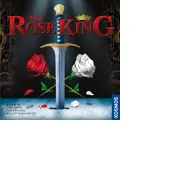
2 August 2025
Bedienungsanleitung Nicht kategorisiert
- Vonyx
- Wiko
- ZYCOO
- Xcellon
- Casetastic
- Waltec
- Bolt
- GEZE
- Millenium
- Robin
- PenPower
- Hario
- Russound
- Maginon
- BenQ
Neueste Bedienungsanleitung für -Kategorien-

7 August 2025

7 August 2025
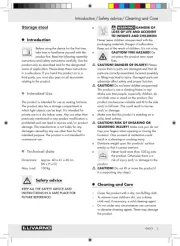
7 August 2025

7 August 2025

7 August 2025

7 August 2025

7 August 2025

7 August 2025

7 August 2025
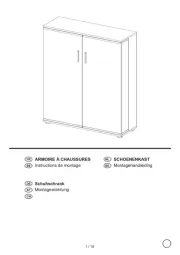
7 August 2025

